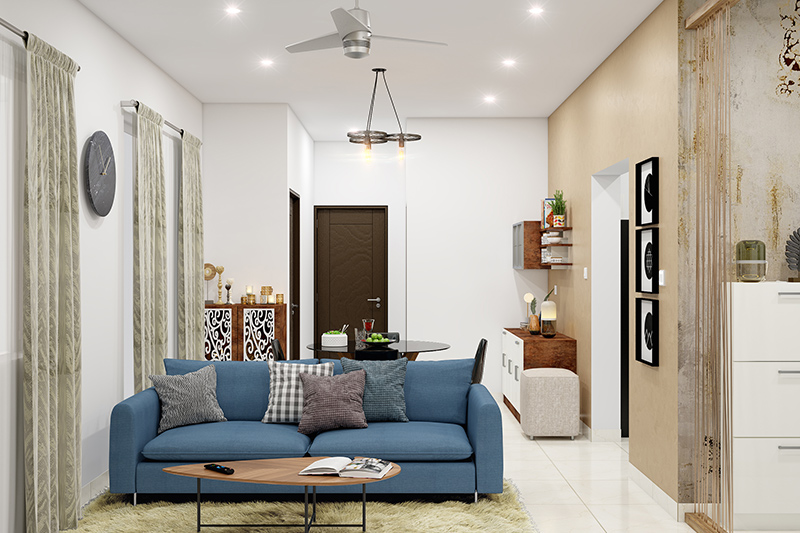The allure of a beautifully landscaped garden beckons, promising a tranquil escape and a vibrant extension of your living space. Yet, the perceived cost of achieving this idyllic scene can often deter those yearning for a touch of outdoor paradise. Fear not, budget-conscious landscapers! This guide unveils a symphony of cost-effective strategies to transform your outdoor space into a haven of beauty and functionality, without breaking the bank.
The Power of Planning: A Foundation for Cost-Effective Design
The cornerstone of any successful and affordable landscape project lies in meticulous planning. Before embarking on a spending spree at the local nursery, take a step back and assess your existing landscape. Meticulously map out the dimensions of your space, noting existing features like trees, shrubs, and hardscaping elements like patios or walkways. Identify areas with the most significant visual impact, such as the entryway or a prominent focal point. This initial assessment helps prioritize your spending and ensures you’re allocating resources to areas that will yield the most significant aesthetic improvement.
With a clear understanding of your landscape and budget, consider the power of phasing. Divide your landscaping project into manageable stages, tackling high-impact areas first. This allows you to spread out the cost over time and celebrate smaller victories as your landscape matures.
Embracing DIY projects offers significant cost savings. Consider tasks you can comfortably handle yourself, like planting flowers and shrubs, spreading mulch, or laying edging. For more complex projects, like installing a patio or building a retaining wall, research online tutorials and assess your skillset realistically. If necessary, factor in the cost of hiring a professional for specific tasks.
Selecting Savvy Plant Choices: Balancing Beauty and Budget
Plants are the heart and soul of any landscape, but their cost can quickly escalate. Here’s where strategic plant selection becomes paramount. Native plants, perfectly adapted to your local climate and soil conditions, offer a multitude of benefits for the budget-conscious landscaper. They typically require minimal watering and fertilization once established, reducing long-term maintenance costs. Furthermore, native plants often harbor beneficial insects like pollinators, fostering a healthy ecosystem in your garden.
Propagation techniques like division or seed collection allow you to multiply existing plants, significantly reducing your initial investment. Many perennials readily divide, allowing you to create additional plants from a single healthy specimen. Seed collection, while requiring a bit more planning and patience, offers the most cost-effective way to establish a ground cover or a wildflower meadow.
While a splash of exotic flora can be tempting, prioritizing low-maintenance varieties ensures your landscape thrives without constant attention. Opt for plants with inherent drought tolerance and minimal pest and disease susceptibility. This translates to reduced watering needs, minimal pesticide applications, and ultimately, a more cost-effective landscape over the long term.
Embracing Resourcefulness: Utilizing Creative Techniques for Cost Savings
Who says a captivating landscape necessitates a hefty price tag? A touch of resourcefulness can transform everyday items into unique and budget-friendly landscaping features. Old tires, with proper drainage holes drilled, can be repurposed as vibrant planters for cascading flowers or trailing herbs. Wine corks, strung together on fishing line, create a whimsical edging for pathways, adding a touch of rustic charm. Discarded bricks, often considered construction waste, can be transformed into stunning raised garden beds or even a unique fire pit, adding a touch of functionality to your outdoor space.
Mulch reigns supreme as the quintessential budget-friendly landscaping material. This readily available material comes in a variety of textures and colors, allowing you to personalize your landscape and suppress weed growth. By retaining moisture in the soil, mulch reduces watering needs, leading to long-term savings on your water bill. Explore options like shredded bark, wood chips, or even composted leaves to find the most visually appealing and cost-effective choice for your garden.
Embrace the natural elements already present in your landscape. Existing trees can provide dappled shade, reducing the need for additional shade structures. Boulders and rocks can be strategically placed to create natural retaining walls or define planting areas, eliminating the need for expensive manufactured alternatives. With a creative eye, you can transform existing features into captivating design elements, minimizing the need for additional purchased materials.
Conclusion: Cultivating a Budget-Friendly Paradise: A Symphony of Strategies
Creating a captivating and functional landscape needn’t be an extravagant affair. By strategically combining the cost-effective strategies outlined above, you can cultivate a budget-friendly paradise that reflects your personal style. Remember, the journey itself can be part of the enjoyment.





